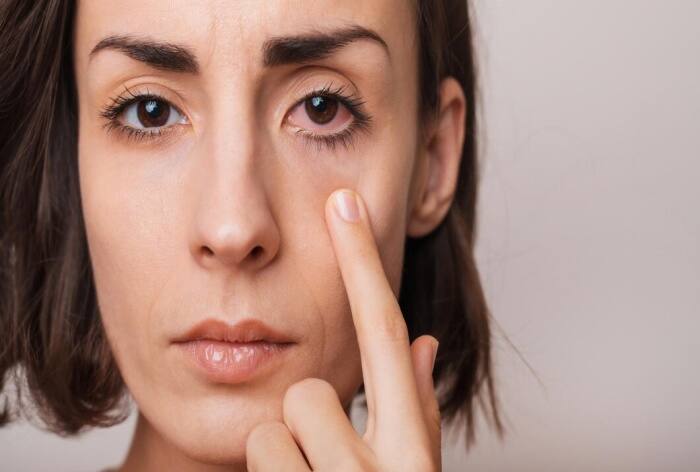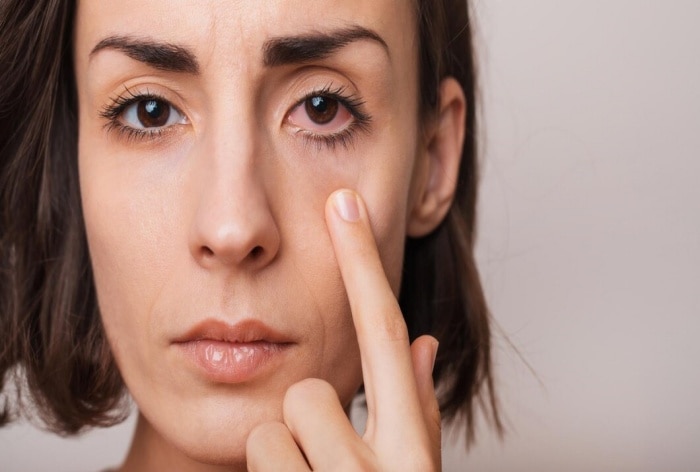Lifestyle determines our everyday living, everyday health. With rising cases of glaucoma, here is how one can raise their self-guards to lower the risk.

Glaucoma is a group of eye conditions that can lead to vision loss and damage to the optic nerve. According to various independent studies and data by hospitals, glaucoma-related blindness is continuing to rise in India due lack of awareness & delay in detection. Glaucoma is a common eye disease characterized by damage to the optic nerves due to high eye pressure, and affects nearly 12 million people in India. Statistically, over 90% of glaucoma cases in the country go undetected, leading to irreversible blindness each year. Dr. Shibi Dev B.N, Senior Consultant and Head of Department – Glaucoma, Nethradhama Super Speciality Hospital, Bangalore said, “A majority of glaucoma cases either go undiagnosed or are detected till advanced stage, as it doesn’t show symptoms and patients are unaware of the progressive damage to their optic nerve making the blindness irreversible at this point. Managing glaucoma in India comes with many critical challenges, including low awareness levels, undetected and undiagnosed cases, limited access to diagnostic and therapeutic services, and issues with treatment compliance.”
Who can develop Glaucoma?
Individuals particularly over 40 years, positive family history of Glaucoma, history of eye injury, inadvertent use of steroid medicines are at high risk, with one in 20 Indians in this age group are either getting affected by glaucoma or at risk of developing it. However, glaucoma can affect people even without any risk factor but at a lower rate.
While certain risk factors like age and family history cannot be controlled, adopting certain lifestyle changes can help lower the risk of developing glaucoma or slow down its progression.
5 Lifestyle Tips to Lower Risk of Glaucoma
- Regular eye exams: Schedule regular comprehensive eye exams with an eye care professional, even if you don’t have any noticeable vision problems. Early detection and treatment of glaucoma are crucial in preventing or slowing down vision loss. Follow your eye doctor’s recommended screening schedule based on your age and risk factors.
- Exercise regularly: Engage in regular physical activity as it promotes overall health, including eye health. Exercise improves blood flow and reduces intraocular pressure, which is a risk factor for glaucoma. Aim for at least 30 minutes of moderate-intensity exercise, such as brisk walking, cycling, or swimming, on most days of the week.
- Maintain a healthy weight: Obesity and being overweight are associated with an increased risk of developing glaucoma. Adopt a balanced and nutritious diet that includes a variety of fruits, vegetables, whole grains, lean proteins, and healthy fats. Be mindful of portion sizes, and limit the consumption of processed foods, sugary snacks, and beverages.
- Protect your eyes from injury: Eye injuries can increase the risk of glaucoma. Wear protective eyewear, such as safety goggles or glasses, when participating in sports or engaging in activities that pose a risk to your eyes. Be cautious of potential hazards in your environment, such as sharp objects or chemicals, and take appropriate precautions to protect your eyes.
- Avoid smoking: Smoking and heavy alcohol consumption have been linked to an increased risk of glaucoma. If you smoke, consider quitting, and if you drink alcohol, do so in moderation. Quitting smoking and reducing alcohol intake can have numerous health benefits, including reducing the risk of glaucoma.
Remember, while these lifestyle changes may help lower the risk of glaucoma, they do not guarantee prevention. It’s important to maintain regular eye exams and follow the advice of your eye care professional for personalized recommendations and treatment options based on your individual needs and risk factors.

